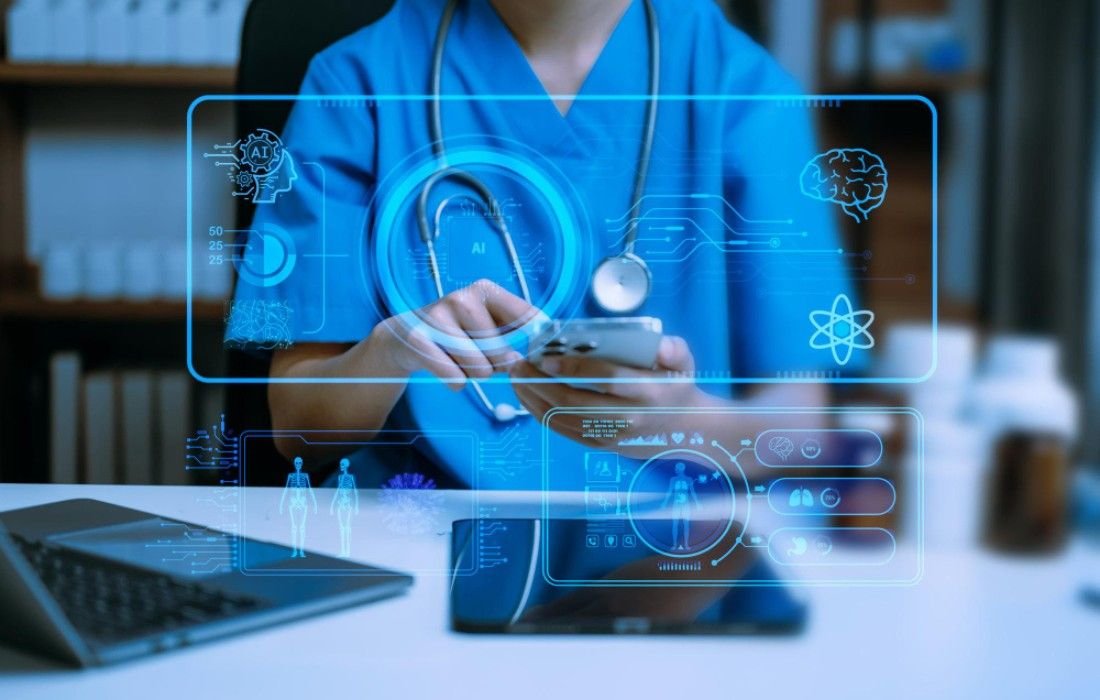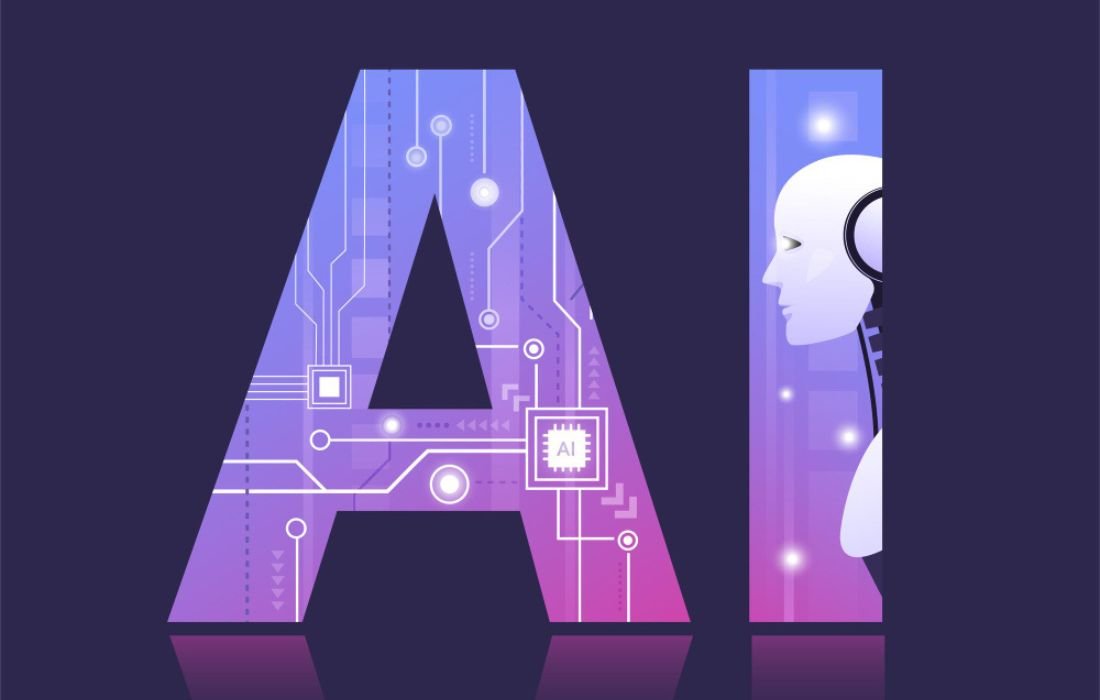Globally, healthcare accessibility has been a major concern, especially in underdeveloped and distant regions where medical resources are scarce. However, recent tech Innovations improving Healthcare are transforming the delivery and increasing its accessibility, efficiency, and personalizing power. These developments are bridging patient-doctor discrepancies to ensure every individual who is a patient in different parts of the globe or different economic classes can access appropriate treatment.
Telemedicine: Linking Patients and Professionals
Telemedicine is among the most significant technological advancements in the health care sector. With telemedicine patients can see doctors and get medical consultations through phone calls, video conferences, and/or text messaging. This invention may be especially useful to those who dwell in the rural or remote areas where the access to medical facilities is limited.
To name a few, such as telemedicine, which proved to be a life-saver to many individuals during the COVID-19 epidemic as it allowed the sufferers to obtain consultations from their homes. It has also been quite useful for controlling the chronic diseases as it means that the patients can be followed up from time to time using some other means other than regular physical check-ups.
Telemedicine platforms have advanced because of features such as EHR integration, AI-based symptom checkers, and remote diagnostic tools to include. These advancements ensure accurate and appropriate diagnosis as well as therapeutic treatments from afar hence the welfare of patients.
Mobile Health (mHealth) Applications: Healthcare In the Palm of Their Hands
This has created the mobile health (mHealth) applications whereby individuals are employing their cell phones for controlling their health. These vary anywhere from simple calorie counting and fitness recording to dealing with endearing diseases and disorders of the mind.
Some of the most promising, mHealth advancements include applications providing real-time vital signs, including heart rate, blood pressure, and glucose levels. These programs allow for a prompt response since they inform the users and healthcare professionals of any irregularities.
In addition, mHealth apps are used more and more for patient education and patient involvement. It offers consumers ways of monitoring the progress of the symptoms, tracking other symptoms, prodding them to take the drugs as required, and providing personalized health information that could be of benefit to them. Other features include providing patients with knowledge and tools through mobile health applications, thus changing healthcare into a more proactive and accessible form.
Artificial Intelligence and Machine Learning: Improving Identification and Management
Due to enhanced ways of diagnosing and treating diseases, AI and ML are contributing to the enhancement of the accessibility of health services. Due to their potential to identify patterns in large sets of medical information and foresee outcomes, AI-based tools enable healthcare organizations to make improved decisions.
AI algorithms are being applied, for instance, to create diagnostic instruments capable of early stage disease detection including cancer, diabetes, and cardiovascular disorders. Often surpassing human accuracy, these systems examine medical imaging, genetic data, and patient history to offer correct diagnosis.
By means of patient data analysis and prediction of individual responses to particular treatments, artificial intelligence is also helping to maximize therapy programs. This tailored strategy not only enhances therapy results but also lowers the time and expenses related with trial-and-error approaches.
Wearable Technology: Continuous Monitoring and Early Intervention
Because wearable technology—such as fitness trackers and smartwatches—can continuously monitor health indicators—it has become rather popular. Among other things, these gadgets monitor heart rate, sleep patterns, physical exercise, and more. Sharing the gathered data with healthcare providers will let them to remotely monitor patients’ condition and act as needed.
Wearables especially help in management of chronic diseases including diabetes, hypertension, and cardiovascular disease. Wearable glucose monitors, for instance, let diabetic sufferers track their blood sugar levels in real-time, therefore improving their condition management.
Wearable technology is also being used with artificial intelligence to offer predictive analytics, therefore enabling early diagnosis of possible health problems. By means of this proactive strategy, issues might be avoided and the load on healthcare systems lessened.
Blockchain Technology: Securing Patient Data and Streamlining Processes
Renowned for its use in cryptocurrencies, blockchain technology is revolutionizing healthcare by safeguarding patient data and simplifying procedures. Maintaining the privacy and security of patient data while nevertheless ensuring that it is readily available to authorized staff is one of the fundamental difficulties in healthcare.
A distributed and unchangeable ledger system provided by blockchain guarantees medical record integrity and confidentiality. Patients can govern their data, so giving access to healthcare providers is required. By enabling interoperability between several healthcare systems, this technology also helps to save the time and effort needed to migrate patient data.
Blockchain can also simplify supply chain management, insurance claims, and billing—among other administrative tasks. Blockchain increases healthcare service accessibility and efficiency by lowering the complexity and mistakes related with these procedures.
3D Printing: Revolutionizing Medical Devices and Prosthetics
Another creative technology improving healthcare accessibility is 3D printing, which makes prosthesis and medical gadget personalized and more reasonably priced. Making prosthesis and medical implants has always taken time and money. But 3D printing lets these gadgets be produced fast at a fraction of the cost.
For instance, 3D-printed prosthesis can be customized to fit the particular needs and measurements of the patient, therefore enhancing comfort and usefulness. In low-resource environments, when access to conventional prosthesis is restricted, this method is especially useful.
Customized surgical equipment and implants—including dental implants, orthopedic implants, and even synthetic organs—are also produced using 3D printing. These developments are boosting patient outcomes and opening wider access to difficult medical treatments.
Internet of Medical Things (IoMT): Connecting Healthcare Ecosystems
The Internet of Medical Things (IoMT) is the network of linked sensors and gadgets meant to gather and share health data. By means of real-time monitoring, remote diagnostics, and predictive analytics, IoT is revolutionizing healthcare.
For patients with chronic diseases, for example, IoMT devices can be used to track them in their homes, therefore lowering the demand for hospital visits and admissions. In case of an emergency, these gadgets can notify medical professionals therefore guaranteeing quick help.
By allowing the integration of several healthcare systems and devices, IoT also increases healthcare accessibility. This linked ecosystem enables flawless communication between patients, doctors, and other stakeholders, thus raising the general quality and efficiency of treatment.
Conclusion: A Future of Accessible Healthcare
Combining these technological advancements is opening the path for a time when everyone may access healthcare. These technologies are democratizing healthcare and guaranteeing that everyone has the chance to acquire appropriate treatment by removing geographical, financial, and logistical obstacles.
Data privacy, regulatory compliance, and fair access to guarantee that the advantages of technology are experienced by all sections of the population should be addressed as these developments keep changing. With the correct laws and alliances in place, tech developments could revolutionize world-wide healthcare accessibility.
Also Read: Cloud Computing Solutions for Startups











